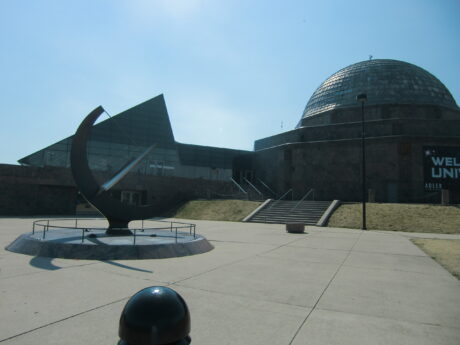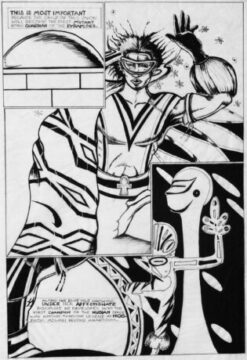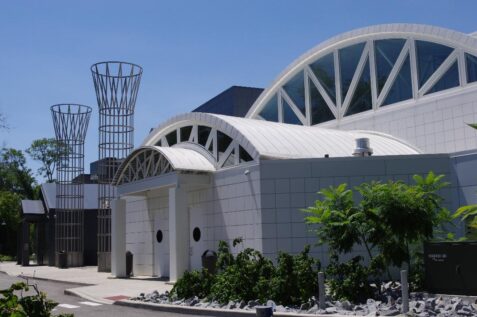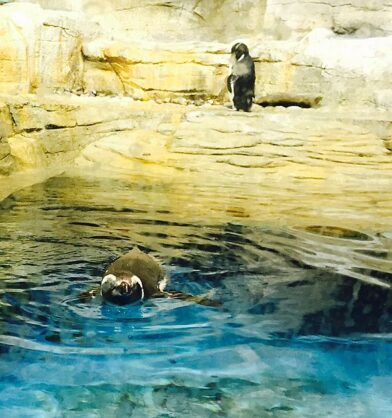
Chicago’s warm (finally) weather this Memorial Day weekend is perfect for a day laughing at monkeyshines at two zoos or a pirate-ship sail along the city’s shoreline. (Zoo note: both zoos require masks at their indoor animal houses).

Brookfield Zoo
Visiting the 235 acre Brookfield Zoo can be an all-day family event.
Starting May 26, visitors can see the cute tapir calf just born to his mom, Sorghum. He has been staying indoors at the Pachyderm House but mom and baby might wander to their outdoor space on the north side of the building because the weather will be warm. Now is a good time to see the calf with his white stripes. The marking fade by age six months. The South American tapir is related to the horse and rhinoceros.
Beginning May 28, the Butterflies area, closed the past two years, has reopened and includes moths. Located near the North Gate, entry is $4 adults, $3.50 seniors 65 and older and $3 children. Visitors will be able to see the transformation to butterflies in an off-exhibit space.

While wandering the zoo, be on the lookout for such ice-age creatures as a 15 ft tall wooly mammoth and the 18 ft long mastodon. They are among Dino Dan’s 30 life-sized animatonic animals staying at the zoo April 1 through Oct. 30, 2022.
Brookfield Zoo entrances are at North Parking Lot 8400 31st St, and South Parking Lot 3300 Golf Road, Brookfield, IL between the Stevenson (I-55) and Eisenhower (I-290) expressways. Current hours: 9:30 a.m.-5:30 p.m.
There are admission and parking costs. Tickets can be purchased ahead on line and are good for the entire day of entry. Adults $24.95, Seniors 65 and older $19.95, Children age 3-11 $17.95, age 2 and younger free. Parking is $15 and can be paid upon arrival.
*Visitors who have a general admission pass with a barcode, a member guest pass, a Chicago Public Library Museum Pass or a Museum Adventure Pass, can bring that to the zoo for entry, no reservation required.
For tickets and more information visit Chicago Zoological Society and CZS-Brookfield Zoo.

Lincoln Park Zoo
At 49 acres, Lincoln Park Zoo is doable in half a day. Get a zoo map at the Visitor Center near the main entrance at 2400 N. Cannon Dr.
Time the visit to watch Seal Training at 11:30 a.m. or 2 p.m. near the main entrance . Then, be sure to visit the Pepper Family Wildlife Center.to see Pilipili, a recently born, African lion cub. His name means “pepper” in Swahili.
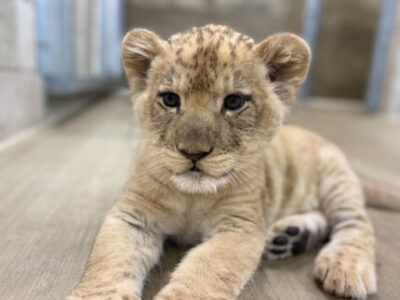
(photo courtesy of Lincoln Park Zoo)
Lincoln Park Zoo is north of Chicago’s Magnificent (shopping) Mile.There are are several entrances with East gate near the paid parking lot being the main one. View the free parking map for all entrances. Current hours are 10 a.m. to 5 p.m.. The zoo is free and opened every day. For more information visit Lincoln Park Zoo.

Sail on Tall Ship Windy
For a different sailing experience, take a 75 minute trip along Chicago’s shoreline on Windy, a Tall Ship docked at Navy Pier. Listen to pirate and maritime stories.
Cost is Adults (age 13 and older) $39, children age 3 to 12 $17. For more information visit Chicago Skyline Sail/Tall Ship Windy Chicago.
Jodie Jacobs





